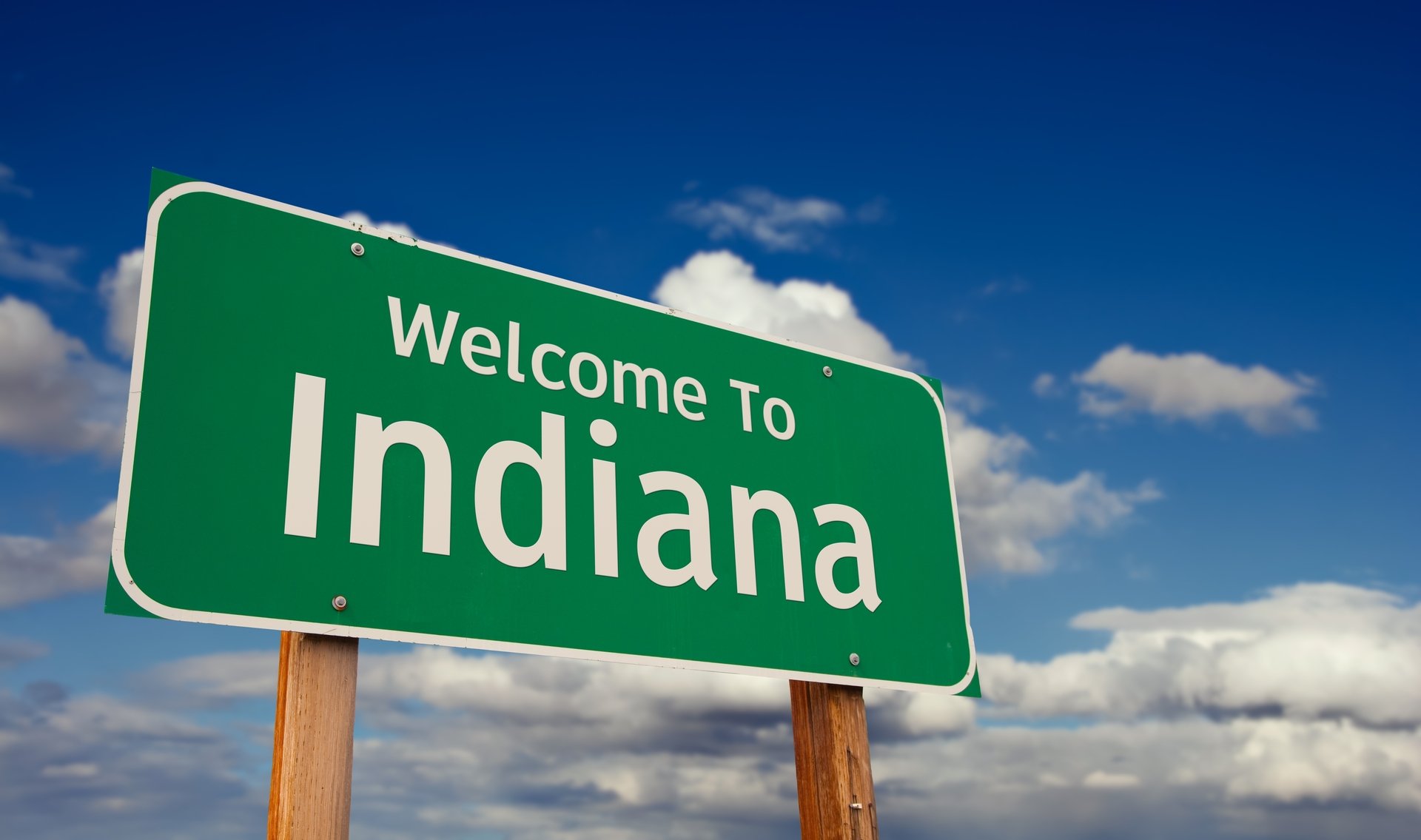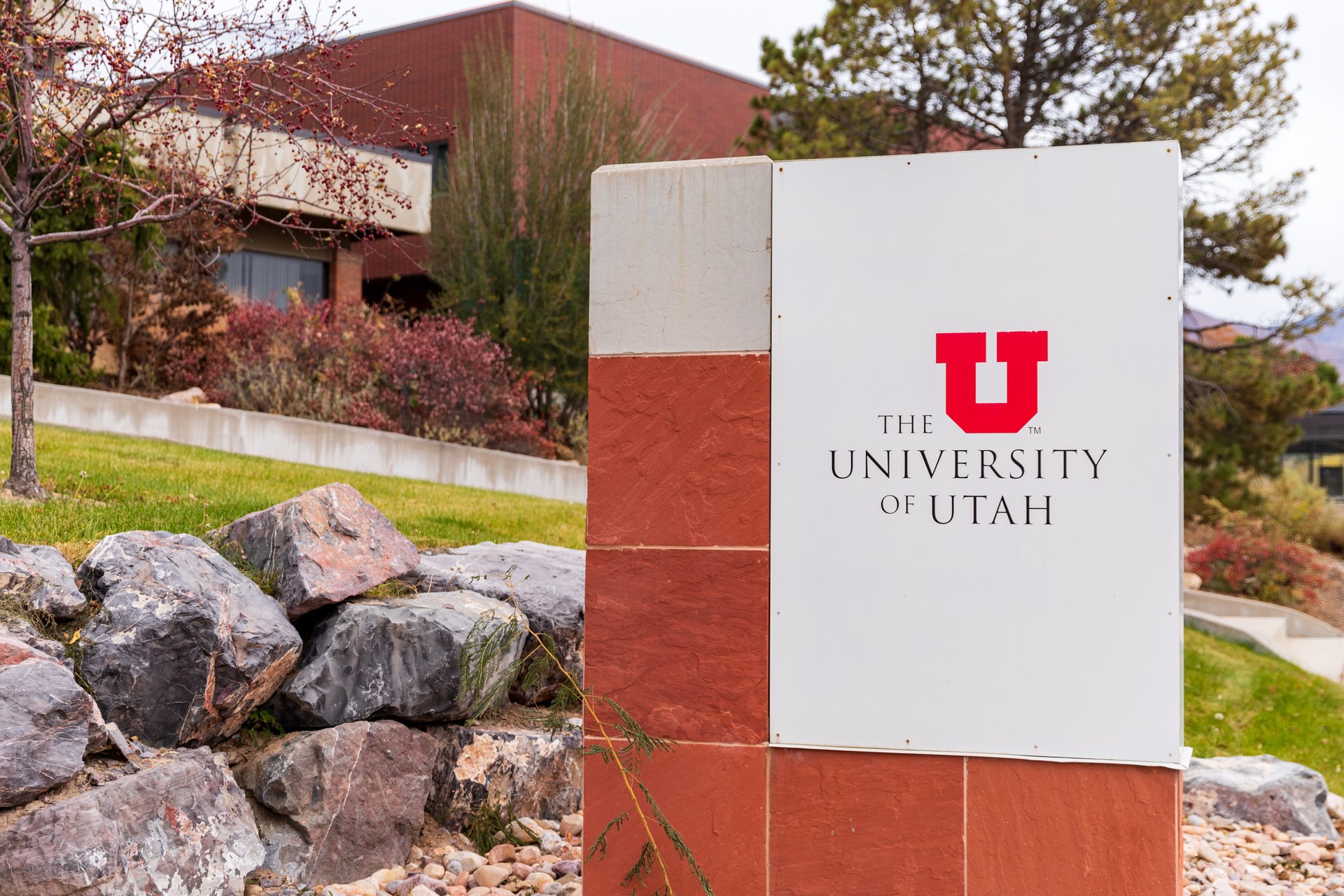Good morning, and thanks for spending part of your day with Extra Points.
By the time you’re reading this email, I (hopefully!) should be in the Raleigh area. I’ll be spending some time talking to students and faculty at UNC this morning. Then, I’m (podcasting? performing?) with Hand in the Dirt and the OG Show at Bond Brothers Eastside in Cary, North Carolina, at 8 p.m. I’d love to see you there!
There’s also the main Raleigh Podcast Festival on Saturday night, where I’ll be speaking. There are still tickets out there, so if you grab one here, you can use promo code SPF25 to get a second for half off. Tickets include shirts from Homefield Apparel. See you there!
Invest Alongside Kyrie Irving and Travis Kelce
A new media network is giving pro athletes ownership of their content…and they’re inviting fans, too.
That network is PlayersTV.
It’s the first sports media company backed by over 50 legendary athletes including:
Kyrie Irving
Chris Paul
Dwyane Wade
Travis Kelce
Ken Griffey Jr.
And more
PlayersTV is a platform where athletes can tell their own stories, show fans more of who they really are, and connect in a whole new way.
And here’s the kicker: It’s not just athlete-owned—it’s fan-owned, too.
PlayersTV has the potential to reach 300M+ homes and devices through platforms like Amazon, Samsung, and Sling.
And for a limited time, you can invest and become an owner alongside the athletes.
2,200+ fan-investors are already backing PlayersTV. Want in?
This is a paid advertisement for PlayersTV Regulation CF offering. Please read the offering circular at https://invest.playerstv.com/
I’ve written a bit about personal identity in this newsletter. It’s come up as I try to analyze my own identity (Latino? Christian? Father and Husband? Huge Dork?) and also in how college athletes see and identify themselves. What happens to a 20-year-old, for example, if his identity as a high-achieving athlete is the singular prism through which he views himself … and then he breaks a leg and can’t play?
One of the challenging things about the NIL era is that I believe there is now increasing pressure on young athletes to codify and monetize their various personal identities, at a time when most American young people are still trying to figure out exactly what those identities even are. That’s potentially an awful lot of pressure, especially since that process tends to play out in public.
I’ve seen some academic research on NIL, but much of it tends to focus on how athletes earn money or how influencer marketing is actually working. That’s great and valuable research, and I hope more professors engage in scholarly work around the athlete influencer marketplace.
But a recent paper, by Molly Harry and Hannah Kloetzer, both at the University of Florida, caught my eye because it attempts to answer a different question:
How does NIL change the way athletes see themselves?
According to the paper, the professors …
surveyed 200 Power Four athletes across seven sports—football, men’s and women’s basketball, baseball, gymnastics, softball, and volleyball—to understand whether and how they identified with the role of an influencer, and what demographic and sport-related factors influenced this self-perception.
And what did they learn from those 200 interviews?
Lots of different variables matter. An athlete could potentially participate in brand-affiliated social media activity and not see themselves as an “influencer,” while others identify with that role based on how they’re approaching social media, even if they don’t have active brand deals. Other variables, such as income status, race and ethnicity, gender and sport, also impacted how athletes perceived themselves in NIL.
Based on the data, the researchers found that “[a]thletes from lower-income backgrounds were more likely to identify as influencers and to report sacrifices across academics, athletics, and social life” and that “[w]hen considering all demographic factors, the athletes most likely to embrace the influencer role and identity were football players of color from lower socioeconomic backgrounds.”
The paper also found that Black athletes were more likely to describe themselves as having an influencer role, but white athletes were more likely to report income from social media activity.
Okay, so what does this mean?
Athletic departments and universities spend a lot of time on programming, staffing and resources that are meant to put athletes in the best position to be successful. That doesn’t just mean academic support and tutoring, but also life skills classes, identity affiliate groups, financial literacy training, spiritual support and more.
In a world where pressure, both outside and internal, drives athletes to participate in influencer marketing, it would stand to reason that student-success programming should reflect those pressures. The paper explicitly suggests, for example, that schools should look to add influencer mentoring programs, pairing new athletes with others across the department (or alumni) who have successfully navigated these pressures before.
It’s also worth noting that this is relatively new scholarship. Athletes have only had the ability to monetize their publicity rights without losing athletic eligibility since 2021, and the rules of engagement have changed a half dozen times since then. There’s still plenty of room for scholarship across multiple disciplines concerning how influencer marketing works (or doesn’t work) for various types of athletes; how athletes navigate the pressures of academia, athletic success, social life and influencing; and how various university programming helps (or doesn’t help) to alleviate those pressures.
At the end of the day, we’re not just what we do. We’re how we define ourselves, whether we’re college athletes or middle-aged dads. Better understanding the stories we tell to define ourselves can help us all better navigate the world in a healthier way.
Hey, what else did we write this week?
I’m glad you asked!
I spent a few days calling around to try and better understand what’s happening with the NCAA moratorium on Division II reclassifcations, expansion efforts out of the Pioneer/ASUN/OVC and more. If you’re a realignment junkie, here’s what I’ve learned so far.
After the NCAA investigation into Michigan’s sign-stealing capers, it appears the school is going to have to pay a big ol’ fine. Might be $25 million, might be $35 million. I wanted to try to put those numbers into context, because either way, that’s a lot of money. Not enough to, like, shut down the program or anything. But it’s a lot of money.
Extra Points contributor KC Smurthwaite explained why so many Division I programs haven’t figured out their men’s basketball schedules yet. Turns out, figuring out buy games is a complicated dance for everybody. Here’s how it works, written by a guy who has done it before.
Hey, we hired a new lead writer for NIL Wire! Her name is Deyscha Smith, and she joins us from SLAM Magazine, the Boston Globe and elsewhere. Her first piece is here.
And if you aren’t subscribed to NIL Wire, our sister publication, you can do that here:
Here are two things we didn’t write but thought you might want to be aware of:
Matt Wilson, the Commissioner of the Gulf South Conference, wonders out loud if it would make more sense to move football towards a non-divisional competition model. It makes sense that somebody like Wilson would float this idea. The Gulf South has, (I believe) just four football-playing schools at the moment: West Florida (who is contemplating a D-1 reclassification), Valdosta State (an elite football program that, I’m told, can’t afford to reclassify to D-I and isn’t very interested in doing so), and two other schools (West Alabama and Delta State) who are not as resourced in football.
Football, perhaps more than any other single thing, pushes realignment at the D-II and D-III level, and can create some mismatched expectations and institutional fits among leagues. If we’re looking at a world where D-I might get blown up anyway, why not let Valdosta play football in the FCS and keep everything else in the Gulf South?
Speaking of that idea, Tom Burman, the AD at Wyoming, floated a somewhat similar prediction in a radio hit with the Nate Brown Show. Burman said, “But in the long run, I think there will be a change. And I think there will be a division that is created where the top 40-ish schools separate. And they, in my opinion, they'll collectively bargain with student athletes. They will be employees. And those are budgets in the $250-300M range. And then the rest of us will reconfigure where we are. And I wouldn't be surprised if that allowed for the Dakotas and the Montana schools to make some decisions.”
If I went through my phone and started calling ADs, I think most of them would tell you that the football programs at the top end of the FCS have more in common with MWC or Sun Belt FBS programs than they do with FCS schools in say, the NEC. But it doesn’t make financial sense for many of those high achieving FCS programs to reclassify, just as it doesn’t for Valdosta State to move to FCS, or Mt. Union to jump to D-II.
There’s a lot of historical pushback in the college sports world about allowing multi-divisional play in specific sports, beyond the grandfathered exceptions in sports like hockey. But if there are significant changes in governance to the high end of FBS football (a super league?), perhaps those attitudes change. Perhaps they should already.
Real quick, here’s another sponsor message I’d like to share:
You don’t need another treadmill collecting dust
Meet the Aviron Victory Treadmill, built to keep you moving through the hottest months of the year and beyond. Designed for consistency and real results, the Victory combines science-backed, game-inspired workouts with commercial-grade performance and a sleek, low-impact design that fits right into your life, no matter how packed your summer schedule is.
Here’s what sets the Victory apart:
Exclusive gamified, science-backed workouts: Designed using game psychology to keep you engaged, motivated, and coming back daily — even when it’s 90 degrees out.
Endless variety for every goal and energy level: Play, train, stream, or compete with over 1,000 programs — all accessible on a stunning 22" HD touchscreen.
Comfort-first design: A cushioned, ultra-low 4” Cloud Stride deck offers exceptional shock absorption for walking, running, and interval training.
Built to last: With a 3.5 CHP motor, maintenance-free belt, 400 lb capacity, and 10-year frame warranty, the Victory delivers performance that holds up. Right now, take advantage of Aviron’s biggest sale and get an extra $50 off with code VICTORY50 at avironactive.com.
What’s coming up soon on Extra Points?
Also a good question! I am working on reported stories right now about burnout among college sports frontline workers and about an academic paper that explores how state healthcare decisions impact college athletics. I’ll be in North Carolina from Friday until Sunday morning, and then I’m going to the Rio Grande Valley next Thursday to do a story (or two?) on the first UTRGV football game ever.
Behind the scenes, our team is spending a lot of time on a refresh of both the Extra Points website and NIL Wire, which we hope to have ready soon. We’ve also been spending a lot of time on the Extra Points Library. This is our database of athletic department budgets, coach contracts, vendor contracts and more. I spend a non-trivial part of every day working on debugging it, adding more documents and filing requests for more stuff.
I’m very proud of EPL, and I hope it’s a tool that benefits our readers.
Thanks for reading. I’ll see you in Raleigh!





















